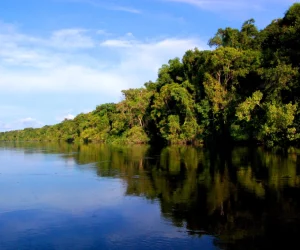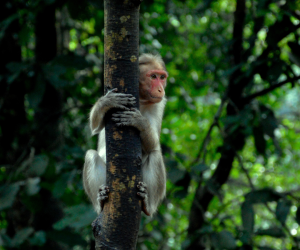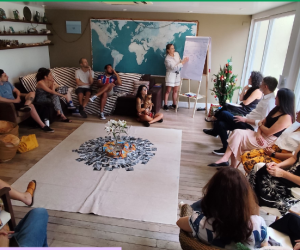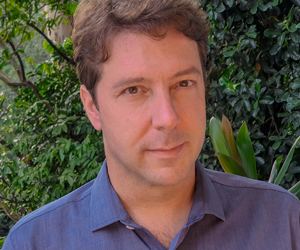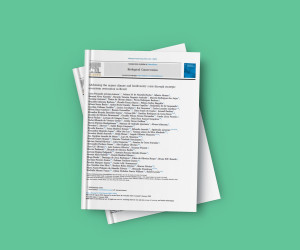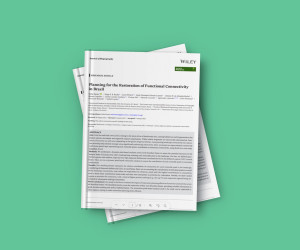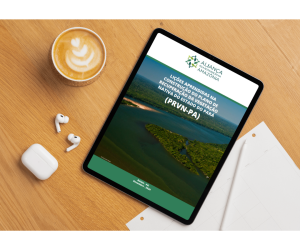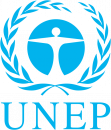GEF Private Areas – Conserving biodiversity and rural landscapes
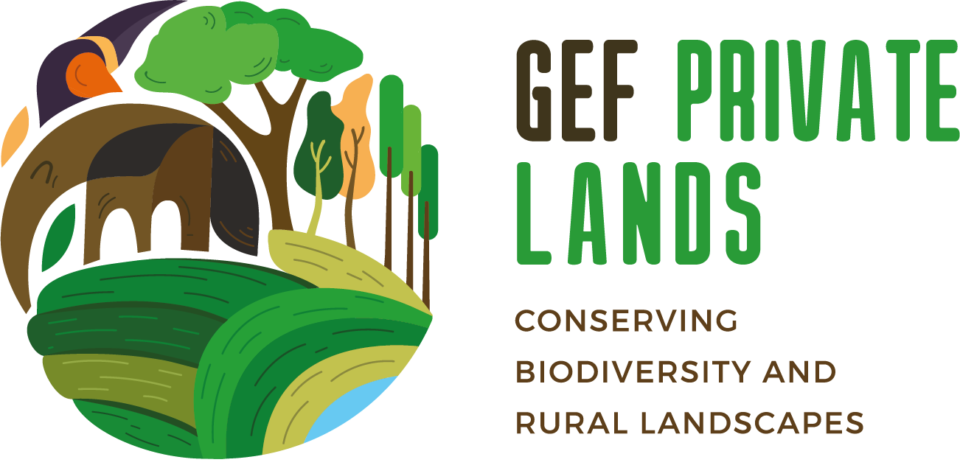
The GEF Private Areas Project – Conserving Biodiversity and Rural Landscapes operates in Brazil, one of the countries with the greatest biodiversity in the world, where over half of the remaining native vegetation is found on private lands. Therefore, its conservation depends on actions that go beyond the establishment of protected areas under the responsibility of governments or civil society and requires instruments that also support effective biodiversity conservation programmes on private lands.
The GEF Private Areas Project – Realising the Conservation Potential of Biodiversity on Private Lands in Brazil, funded by the Global Environment Facility (GEF) through the United Nations Environment Programme (UNEP) and financially managed by the International Institute for Sustainability (IIS) under the technical coordination of the Ministry of the Environment and Climate Change (MMA), has as its main objectives to enhance sustainable landscape management and contribute to biodiversity conservation and the provision of ecosystem services on private lands in Brazil.
The Project also has medium- and long-term goals, including the improvement of biodiversity conservation and the provision of ecosystem services, the increase of connectivity and native vegetation coverage, the reduction of environmental degradation on private lands, the improvement of threatened species conservation, and the mitigation of climate change. The project is divided into three components:
COMPONENT 1: PILOT AREAS IN THE ATLANTIC FOREST AND CERRADO BIOMES
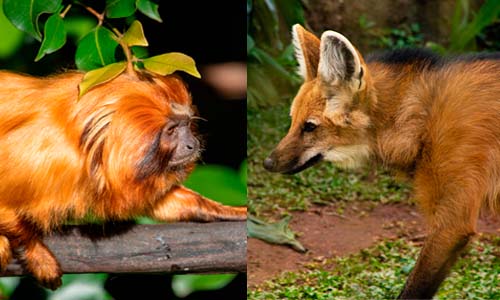
This component aims to create conditions for incorporating the conservation value of private lands into productive landscapes in the Cerrado and Atlantic Forest biomes by reducing the fragmentation of these landscapes, increasing habitat availability for threatened species, and developing incentive mechanisms for conservation.
Key benefits include: incentives for projects protecting threatened species; increased income for rural landowners; enhanced knowledge of integrated property management among these landowners; greater compliance of rural landowners with the Native Vegetation Protection Law (LPVN, known as the Forest Code); reduced costs of environmental regularisation through the identification of areas with potential for natural regeneration, and strengthened sustainable extractivism.
The expected outcomes for this component are:
- Increased vegetation cover, reduced landscape fragmentation, and greater available habitat for the golden lion tamarin in the pilot area of the Atlantic Forest, within the São João River Basin APA (KBA in the State of Rio de Janeiro);
- Enhanced conservation actions for important populations of threatened species in the pilot area of the Cerrado, within the Pouso Alto APA (KBA in the State of Goiás); and
- Improved biodiversity conservation, provision of ecosystem services, Sustainable Landscape Management (SLM), Sustainable Forest Management (SFM), and native vegetation restoration on private lands in both pilot areas, bolstered by the development of direct and indirect incentive schemes.

COMPONENT 2: AGREEMENT WITH FORESTRY SECTOR COMPANIES
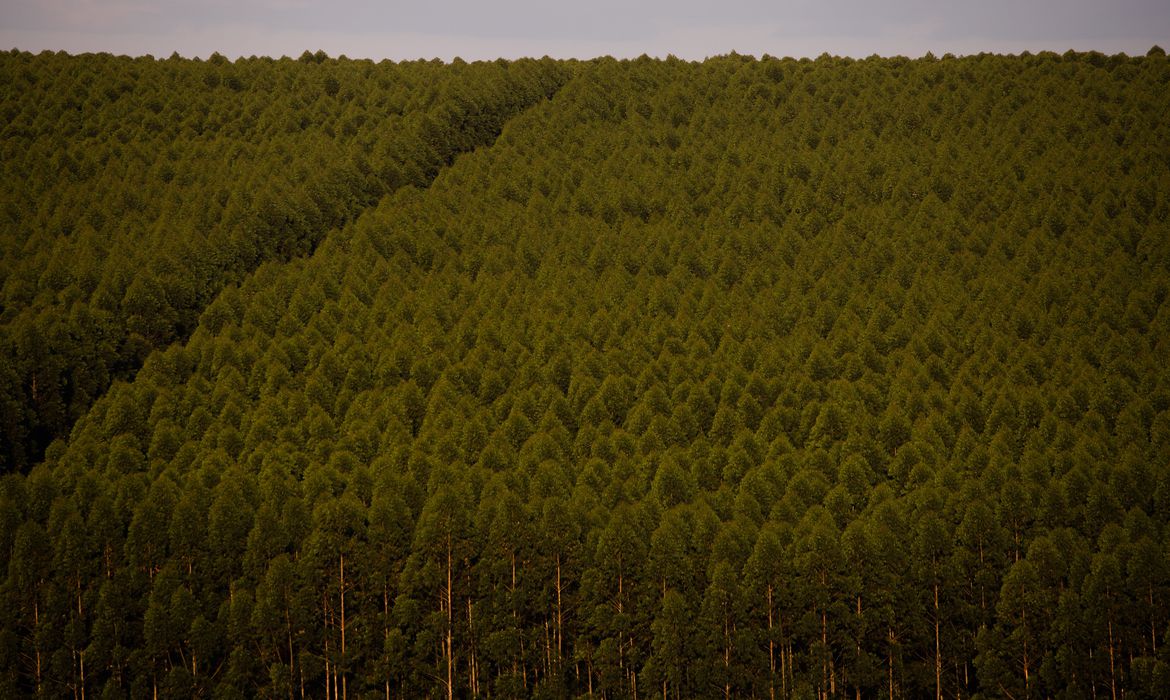
This component focuses primarily on establishing an agreement with companies in the forestry sector to create a viable mechanism for communicating the actions already undertaken by the sector and contributing to the improvement of conservation and restoration activities within their areas.
One of the objectives of this agreement is to promote the dissemination of the importance of the forestry sector’s areas for biodiversity conservation. Additionally, through the involvement of company representatives, the Project aims to contribute to decision-making processes in priority areas for restoration and high-value conservation areas managed by forestry sector companies. The expected outcome of this component is:
- Improved biodiversity conservation, provision of ecosystem services, SLM, and SFM in high conservation value areas managed by forestry sector companies, achieved through an agreement for the implementation of enhanced conservation and restoration guidelines.
COMPONENT 3: CONSERVATION VALUE OF PRIVATE LANDS IN PUBLIC POLICIES
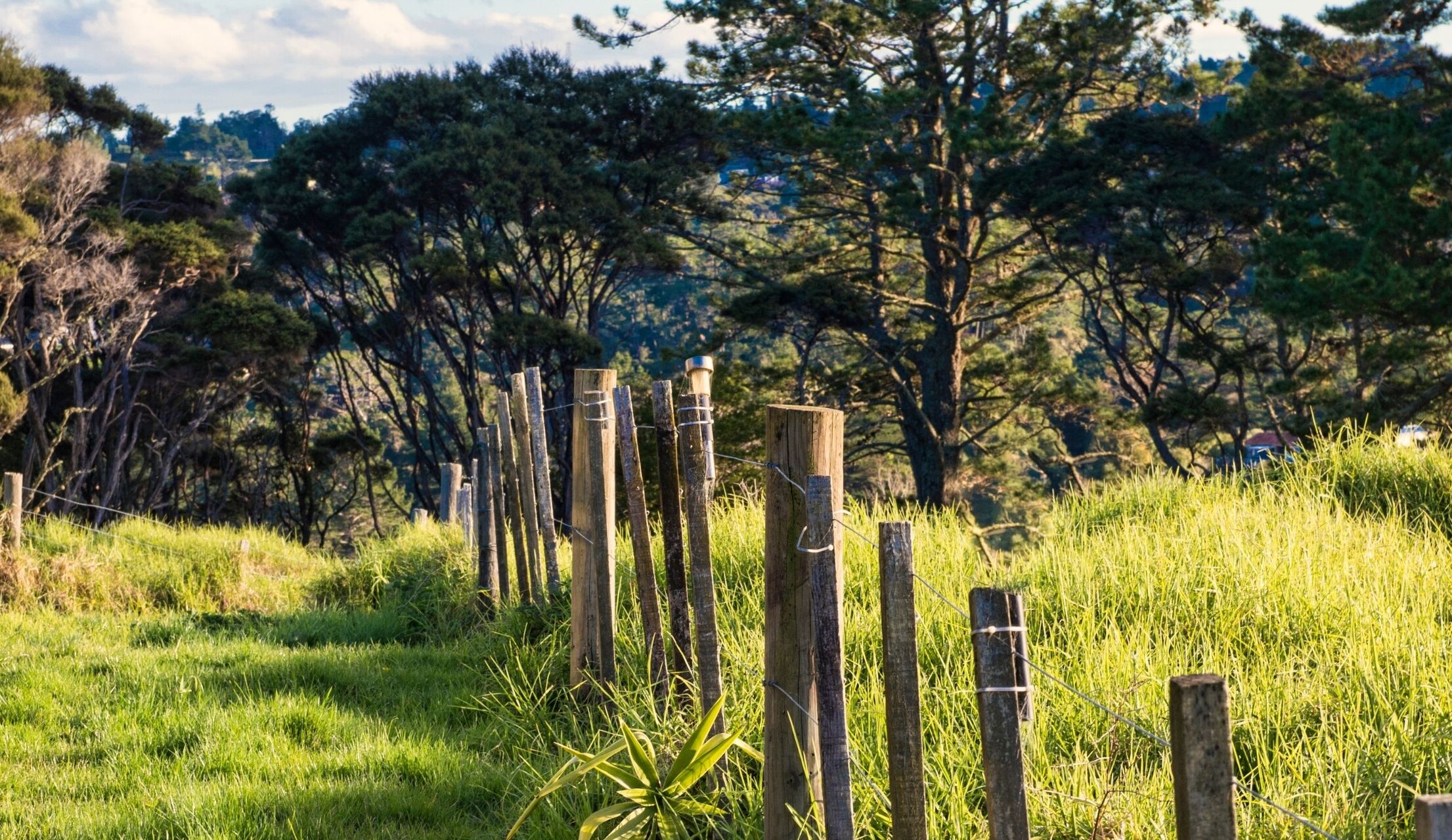
The objective of this component is to enhance government capacities to incorporate the conservation value of private lands into public policies.
The benefits include improved procedures for the sustainable management of native vegetation, incorporating conservation value into private lands, and increased knowledge among stakeholders and decision-makers on the use of maps (spatial database) that indicate the conservation value of private lands.
This component aims to achieve the following outcomes:
- Biodiversity conservation and ecosystem services incorporated into the national legal framework to support Sustainable Landscape Management (SLM), Sustainable Forest Management (SFM), and restoration on private lands; and
- Conservation value of private lands integrated into public policies and management tools.
Stakeholders
Atlantic Forest Pilot Area
- Local Producers’ Associations
- Association of Organic Farmers of the State of Rio de Janeiro (ABIO-RJ)
- Ambientagro Engineering
- AMLD (Golden Lion Tamarin Association)
- National Agency for Technical Assistance and Rural Extension (ANATER)
- Serramar Agroecology Network (AASM)
- Bantu Brazil Association
- Association of Organic Farmers of the Coastal Lowlands and Adjacent Areas of the State of Rio de Janeiro (AGROBALI)
- CEDRO – Cooperative for Consultancy, Projects and Services in Sustainable Development
- Tiê Agroecology Centre
- Hydrographic Basin Committee of the Lagos Region – Rio São João
- Consultative Council of the São João Environmental Protection Area (APA São João)
- Technical Assistance and Rural Extension Company of Rio de Janeiro (EMATER-Rio)
- Brazilian Agricultural Research Corporation (EMBRAPA)
- Embrapa Soils
- Women Artisans Group of the Rio de Janeiro Agroecology Network
- Chico Mendes Institute for Biodiversity Conservation (ICMBio)
- State Environmental Institute (INEA)
- SEAS (State Secretariat for Environment and Sustainability)
- AUÁ Institute for Socio-Environmental Entrepreneurship
- Green Rivers Institute
- Marta de Abranches
- Meio Hectare
- Golden Lion Tamarin Mosaic
- Sustainable Silva Jardim Movement
- Small, Medium, and Large Landowners Located in the São João Environmental Protection Area (APA São João)
- Agricultural Research Company of the State of Rio de Janeiro (PESAGRO-RIO)
- Municipality of Silva Jardim
- Representatives of the Municipal Secretariats of Agriculture and Environment
- Representatives of Rural Unions of the Municipalities within the São João Environmental Protection Area (APA São João)
- Rio Rural
- National Rural Learning Service (SENAR)
- Fluminense Federal University (UFF)
- Federal University of Rio de Janeiro (UFRJ)
- United Nations Educational, Scientific and Cultural Organization (UNESCO)
- Rural Union of Silva Jardim and Casemiro de Abreu
Cerrado Pilot Area
- Central Plateau Climbing Association
- Caminho dos Veadeiros
- FUNATURA (Nature Foundation)
- Goiás Tourism
- Municipal Governments of the Pouso Alto Environmental Protection Area (APA de Pouso Alto)
- Chapada dos Veadeiros National Park (PNCV)
- Mammal Conservation Programme of Chapada dos Veadeiros
- Pouso Alto Agroecology Network
- State Secretariat for Environment and Sustainable Development of Goiás (SEMAD)
- Veadeiros, University of Brasília (PCMCV-UnB)
Biodiversity in Planted Forests
- Brazilian Foundation for Sustainable Development (FBDS)
- Brazilian Tree Industry (IBÁ)
Biodiversity in Public Policies
- Brazilian Forest Service (SFB)
General
- Centre for Conservation and Sustainability Science (CSRio)
- Pontifical Catholic University of Rio de Janeiro (PUC-Rio)
- United Nations Environment Programme (UN Environment)
- International Institute for Sustainability (IIS)
- Ministry of the Environment – Federal Government

